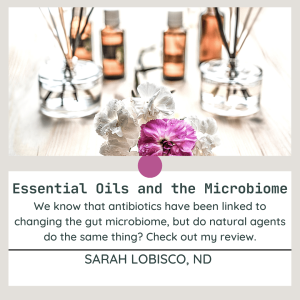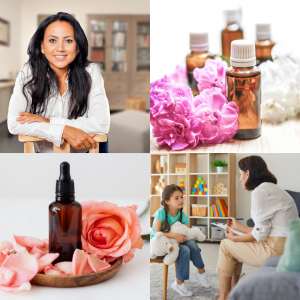
Since the 19th century, we have been obsessed with germs. When scientists linked infectious diseases to certain organisms, the desire to combat them became a major goal in medicine. Armed with inoculations, antiseptics, chemotherapeutics, and antibiotics, researchers set out to win the war against bugs.
Alas, we soon learned that in our desire to kill off all the detrimental microbes, we may have harmed the good guys. The five-year long international effort of the Human Microbiome Project provided us with insight into the fact that we had “commensals” in which we formed symbiotic relationships with.
We know now that our collective population of microorganisms (our microbiota) and their genetics (microbiome) provide us with assistance in our biological processes, help us digest foods, and even fight off some of the bad guys we thought we could destroy with chemicals. In turn, we influence them with our lifestyle, diet, exercise patterns, toxin and pesticide exposures, antibiotic use, sleep quality, and how we handle stress.
As research on the microbiome continues to grow, it appears that it impacts virtually every organ system, either directly or indirectly. This has led to a different kind of obsession with germs, one of microbial intrigue.
With this relatively new education of this new organ system of microorganisms, we humbly had to admit that we have underestimated their resilience.
Antibiotic resistance, superbugs, mutant, and sleuth virus and bacteria have emerged that are noted to be impenetrable to some of our strongest heroic interventions.
This has made physicians take pause to be mindful of their antibiotic prescriptions and how the conventional medicines being dispensed are impacting our microbial residents.
Similarly, integrative doctors have also become concerned that their antimicrobial herbal and supplemental nutrients could also result in side effects like antibiotics.
This latter viewpoint, though rational, seems to be an error and another underestimation of the power of nature.
Unlike a drug aimed at one biological organism or with a specific mechanism of action, essential oils and botanicals are complex and multifaceted. One action tends to be balanced out with the other constituents present, a concept of synergy.
This makes any simplistic viewpoint of them shortsighted.
In my latest article, published in Townsend Letter (released July 15th), I present how botanical medicine and essential oils promote health, not harm it. Yes, even if they act as antimicrobials.
Topics include:
– a broad discussion of herbal therapy and the microbiome
-how essential oils combat antibiotic resistance (not cause it)
-a summary of the current studies on how essential oils impact our microbiome with their ability to selectively inhibit pathogens while supporting commensals
-the impact of essential oils on modulating weight related to their ability to change the microbiome
Ultimately, this information demonstrates essential oils do have the ability to be selective in inhibiting pathogens while not harming, and even promoting, gastrointestinal microbial resiliency.
“Magic” or the synergy of nature that we often underestimate?
Click here to read my overview on the microbiome and access the link to the Townsend Letter article with full references.
Naturopathic Medicine and Holistic Resources for Hormone, Digestive, and Mood Support

- Stay Connected! Sign-up for my free weekly newsletter.
- Free resources and more education on essential oils and mind-body wellness are available to you here.
- Tools for coping with isolation and separation.
- Learn about my community membership program that provides full access to my essential oils database, essential oils course, Q&As, and exclusive content.
Disclaimer: This material is for information purposes only and is not intended to diagnose, treat, or prescribe for any illness. You should check with your doctor regarding implementing any new strategies into your wellness regime. These statements have not been evaluated by the FDA.
This information is applicable ONLY for therapeutic quality essential oils. This information DOES NOT apply to essential oils that have not been tested for purity and standardized constituents. There is no quality control in the United States, and oils labeled as “100% pure” need only to contain 5% of the actual oil. The rest of the bottle can be filled with fillers and sometimes toxic ingredients that can irritate the skin. The studies are not based solely on a specific brand of an essential oil, unless stated. Please read the full study for more information.



